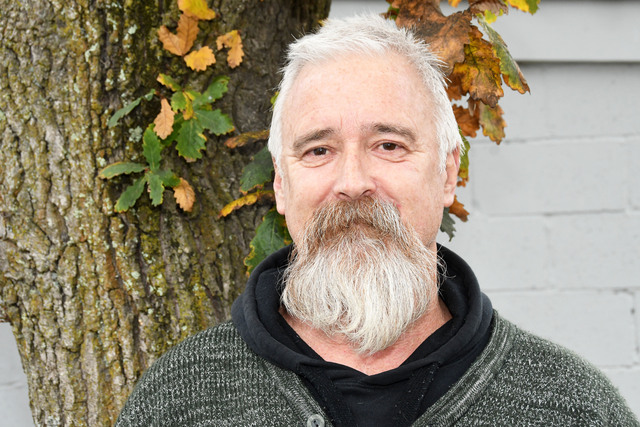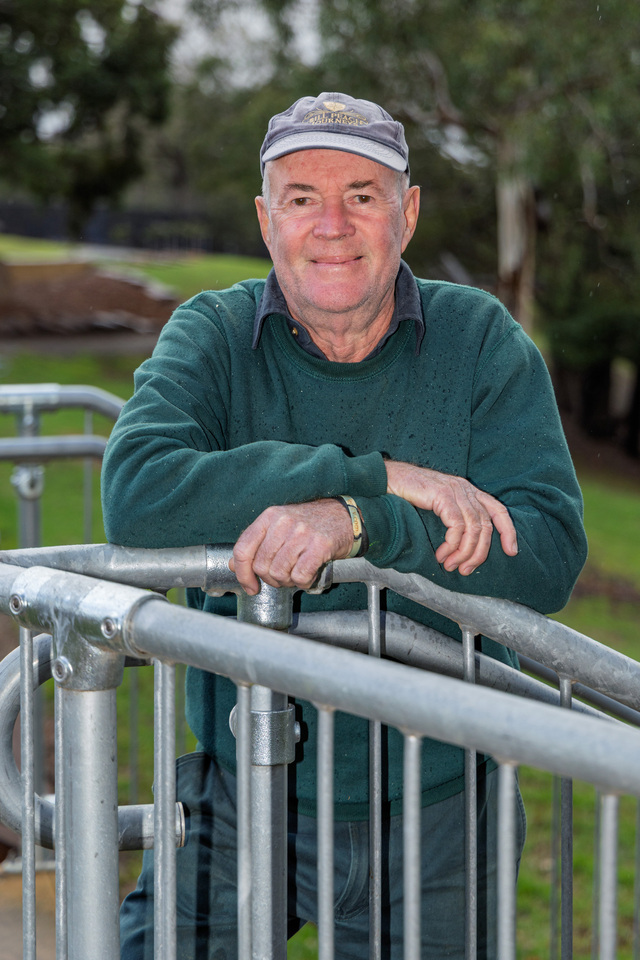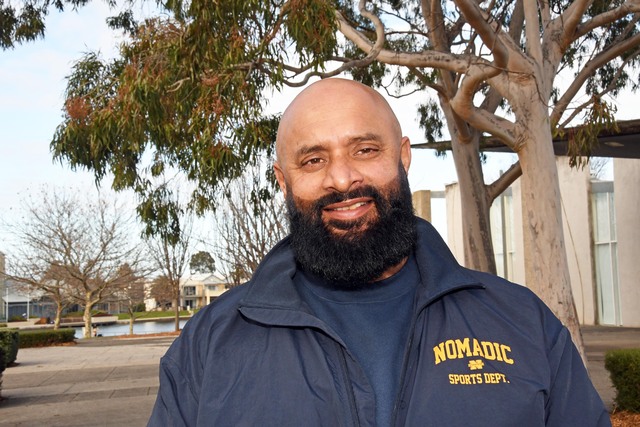The rental affordability in Greater Melbourne, which includes the City of Casey, has deteriorated, with a rental affordability index (RAI) score of 118 and reaching a level of ‘moderately unaffordable’.
According to the Rental Affordability Index 2024, households are spending 25 per cent of their income alone on rent, which is dangerously close to the housing stress threshold of 30 per cent.
To be precise, an RAI score between 121 to 150 is considered acceptable where around 20 to 25 per cent of the share income is spent on renting.
The higher tier, with an index score of 151 to 200 is still considered acceptable, where 15 per cent or less of the household income is spent on rent.
A score of 120 down to 101 is considered moderately unaffordable, where 25 to 30 per cent is spent on rent.
In Greater Melbourne, the most substantial conditions would be dual-income couples with children, with the latest report detailing a very affordable status, an RAI score of 203 and spending 15 per cent of their annual income on rent.
This applies to the assumed household income of a combined $219,096 per annum, at a home with three bedrooms with both parents and or guardians working full-time.
Those in the most dire conditions, with an RAI score of 30 and labelled as critically unaffordable, are single persons on JobSeeker payments who would see 99 per cent of their income spent on rent, according to an estimated annual household income of $24,723.
The threshold according to the report is an RAI score of 100 and the percentage of wages spent on rent at 30 per cent, below this, from a score of 100 down to 81 sees 30 to 38 per cent of income spent and is labelled as unaffordable.
Berwick held an RAI score of 109 and was labelled as moderately unaffordable; Narre Warren and Narre Warren South had a score of 115 and were also moderately unaffordable.
Beaconsfield and Guys Hill had a score of 113, also moderately unaffordable, with both Hampton Park and Hallam considered to be acceptable for renting, with a score of 124.
Cranbourne, including its eastern, western, southern and northern regions, as well as Junction Village, Botanic Ridge, Cannons Creek, Skye and Sandhurst were also moderately unaffordable with a score of 115.
Clyde and Clyde North are also labelled as moderately unaffordable with a score of 108.
According to the most recent June quarter 2024 report of the Homes Victoria Rental Report, the City of Casey has seen a 16.6 per cent growth in active bonds over the last five years, which highlighted the municipality’s popularity among renters.
With 25,491 active bonds, Casey remains among the top cities that contribute to the rental housing stock in the southeastern region of Greater Melbourne, however, there is limited affordability for low-income renters, with only 3.6 per cent of new lettings in the overarching southeast region considered affordable.
Larger homes with three to four bedrooms are slightly more affordable, however, rising demands have caused rent inflation in this category as well.
Specifically, Berwick’s median rent for a three-bedroom house is $520 per week, with a significant 15.6 per cent annual increase from the same period last year.
For Cranbourne, the median rent for a three-bedroom house is $500 a week, with an 11.1 per cent increase from last year; two-bedroom flats on the other hand only have a slight decrease in price, sitting at $420 per week and saw a 15.1 per cent increase from the previous year’s quarter.
Around Narre Warren to Hampton Park, the median rent for a three-bedroom home is $500 with a 13.6 per cent annual increase, while Pakenham saw the median price of $485 per week and a 15.5 per cent annual increase.
Dandenong tops the price with $550 per week for the median price on a three-bedroom home, seeing a big increase of 22.2 per cent, while Springvale has the same price of $550 and a slight difference with a 21.4 per cent increase from the previous year.
Based on the RAI, single full-time working parents, single-income couples with children and student sharehouses share the same score of 101 and the same 30 per cent of their income spent on rent alone, with all three living conditions labelled as moderately unaffordable.
Minimum-wage couples had an RAI score of 96 and are considered to be on unaffordable grounds with 31 per cent of their income spent on rent.
Hospitality workers have an RAI score of 80, but with 38 per cent of their rent as a share of income, conditions were considered to be unaffordable.
Dropping down to a score of 63, pensioner couples saw 48 per cent of their income go towards rent and are considered to be severely unaffordable; likewise, a single pensioner has an RAI score of 48 seeing an immense 68 per cent of their income going towards rent.
Single part-time worker parents on benefits are labelled as extremely unaffordable, and are second last on the list, with a score of 46 and seeing 65 per cent of their income for rent.
However, according to the Homes Victoria Rental Report, there is a relatively consistent turnover rate in the southeastern region, with tenancy lengths longer for family-oriented homes where average durations exceed 24 months.
Despite being the more affordable region as compared to the inner suburbs of Melbourne, the southeast’s 15.8 per cent increase in rent is outpacing wage growth.







